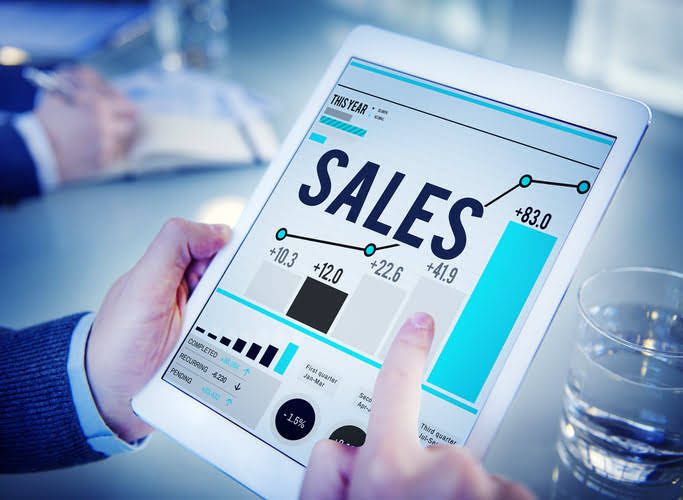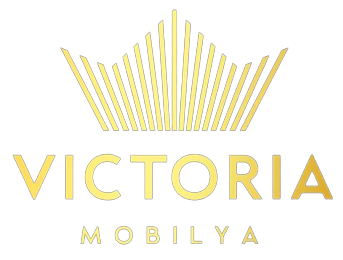

The first & foremost step in determining a firm’s profitability is defining its products’ pricing structures. It can be realized by understanding the margin and markup, as these numbers play an important role in determining the revenues & bottom line in the financial statements. Calculating your margin and markup allows you to make informed decisions to establish pricing and maximize profits.
Margin vs. Markup: What’s The Difference? (2025 Guide)
This means that 50% of the total revenue is kept by the company, while the other 50% of revenue covers the cost of producing the headphones. The margin, also referred to as gross margin, is a figure that shows the amount of revenue earned after the COGS has been deducted. You don’t want to offer services that are overpriced or underpriced. A pricing mismatch in either direction could hurt your profits. With our clients, we recommend using gross margin (or profit) percentage for a number of reasons. It is more reliable and accurate, and we can easily see the impact on the bottom line.

Using Markup for Pricing Decisions
- As we’ve seen, there are a fair number of calculations governing a retailer’s margins and markups.
- When you hear someone say a company has “healthy margins”, they’re talking about how much profit the business keeps from each dollar of revenue.
- ” For the hospitality industry, it helps to use hospitality procurement software for this.
- Profit margin can be computed for a single product, a product line or division, or for an entire company.
- It should be noted that we could equally well look at the overall markup of the business.
It’s also great for looking back, either quarterly or annually. That’s because gross margin can be compared to net margin, shining light on other operating how is sales tax calculated costs. And your selling price (the price you ask your customers to pay) for that same blade is $20.
Margin Formula:
A great way of cutting costs on materials is to take advantage of volume discounts. The Excel file available for download below, will help you to carry out your own margin to markup conversions. SumoQuote’s integration with HOVER makes it easier to get work done because it’s all in one central location. You can also use the above chart as a starting point for your conversion cheat sheet. By clicking “See Rippling,” you agree to the use of your data in accordance with Rippling’s Privacy Notice, including for marketing purposes.
Trade on margin refers to businesses borrowing money from brokerage firms to conduct trades. By trading and buying on margin, investors deposit cash as collateral for the margin loan they’re receiving and pay an interest rate on the borrowed money. Despite the aforementioned distinctions, a lot of people might be confused when it comes to markup vs margin. All three of these terms come into play with both margin and markup—just in different ways. Even though their definition is pretty similar, the numerical values of markup and margin always differ (unless they are both 0).
- This is straightforward and helps set a consistent pricing policy.
- Consequently the cost price negotiated must be less than 65.00 to achieve a gross margin ratio of at least 60%.
- The higher the margin, the greater the portion of revenue the company keeps after making a sale.
- Unlike margin, which is calculated based on revenue, markup starts with your costs and tells you how much extra you’re charging on top of those costs.
- Though commonly mistaken for one another, markup and margin are very different.
- This includes when running a restaurant business, opening a bakery, opening a food truck, opening a coffee shop, or opening a grocery store.
Research your specific industry benchmarks for better context. Let’s explore how different types of businesses apply margin and markup in their daily operations. Understanding margin vs markup will lead to business success, including restaurant success. It’s a brick and mortar and eCommerce marketing strategy that will give you insight into your business’s financial standing. Conversely, if you think your goal markup should be the margin, you can accidentally be pricing your products too high. This is very off-putting to customers and can damage your relationships as well as drive down demand for the products.

If you’re still uncertain about how margin vs markup to price your product or service to be profitable, download the free Pricing For Profit Inspection Guide. This ultimate guide allows you to easily discover whether you have a pricing problem and gives you steps to fix it. Markup is commonly used to find the price of retail products which are somewhat of a commodity; costs are fixed and the market dictates purchasing price. Let’s explore what happens when you use markup as your primary reference for pricing. You can use the formulas above or this quick margin vs. markup chart to quickly convert margin into markup or express markup as a profit margin.

How to Calculate Markup and Margin: Step-by-Step Guide
Set prices too low and you’ll struggle to cover costs; set them too high and customers may turn to competitors. If you want to set the right goals for your business and properly set the prices for the products or services you sell, you need to know the difference between these two terms. And you need to know the proper formulas for calculating each result. In retail, effective markup strategies can attract customers while maintaining margins. For service-based industries, understanding margin aids in assessing profitability and planning budgets. By evaluating both, Suspense Account businesses can identify areas for financial improvement.
